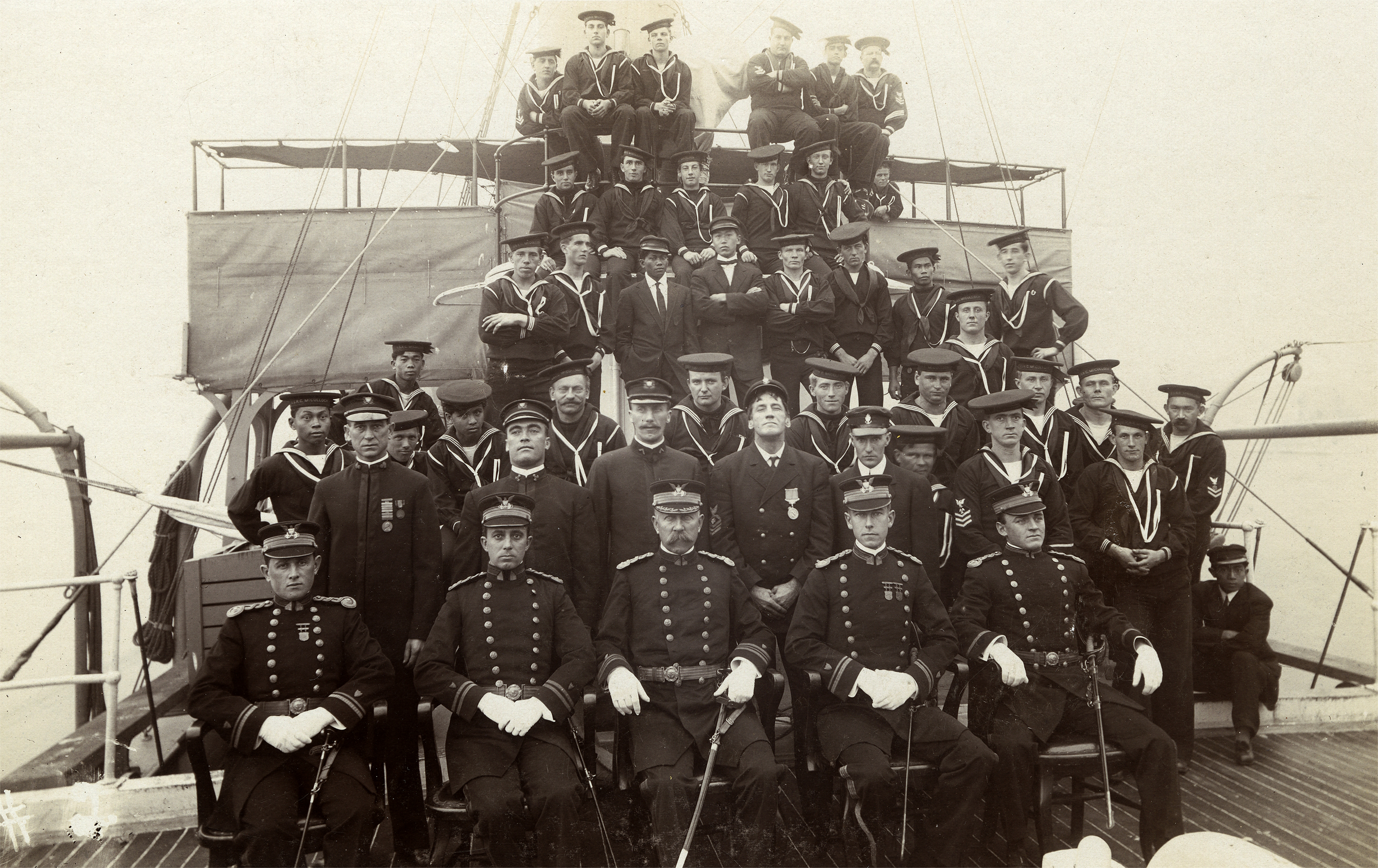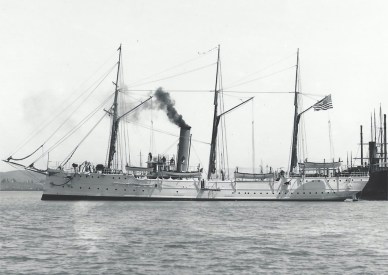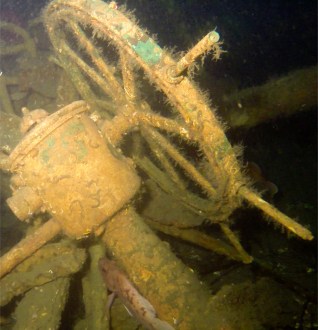The McCulloch’s Heroic Deeds and Tragic End
Shipwreck Site Off Point Conception Now Officially a ‘Historic Place’

The Coast Guard Cutter McCulloch, lost at sea off Point Conception in 1917, has been added to the National Register of Historic Places.

The wreck was discovered in 2016 by Robert Schwemmer, a NOAA maritime archaeologist, and recent surveys of the area confirmed it met the criteria to be considered a site of “national significance.” “But more importantly,” Schwemmer said, “we are honoring the brave crewmen that served aboard the ship during the Spanish-American War at the Battle of Manila Bay.”
On April 30, 1898, the McCulloch and a squadron of American ships entered the bay in the Philippines under the cover of darkness. Just as she passed a Spanish battery, however, soot in the 219-foot cutter’s smoke stack caught fire, sending up a column of flames and alerting the enemy. The battery opened fire as the McCulloch shot back, silencing the Spanish guns. Chief Engineer Frank B. Randall was killed in the exchange, succumbing to heat exhaustion while trying to extinguish the smokestack fire.
At daybreak, the full complement of U.S. warships engaged and destroyed the Spanish Pacific Squadron in one of the most decisive naval victories in American history. While none of the U.S. vessels were seriously damaged and only eight seamen were wounded, the Spanish lost all six of its fighting ships and 381 troops. Because of her superior speed, the McCulloch was dispatched to the nearest cable station in Hong Kong to report the news to Washington.
Sign up for Indy Today to receive fresh news from Independent.com, in your inbox, every morning.
After the war, the McCulloch was assigned to patrol duty out of San Francisco, cruising between Oregon and Mexico. She later operated in the Bering Sea, enforcing fur seal regulations. During those years, she became well known as a floating federal courtroom for far-flung Alaskan towns, before eventually returning to California.

On June 13, 1917, the cutter ― named after Hugh McCulloch, Secretary of the Treasury under Lincoln ― was proceeding cautiously through dense fog on a trip from San Pedro to San Francisco. She was four miles northwest of Point Conception when Captain John C. Cantwell heard a foghorn from the passenger steamship Governor sound just off his starboard bow. Cantwell ordered evasive action, but it was too late, and the ships collided, ripping a hole in the McCulloch’s hull, which was made of wood planks mounted over steel framing. All of the cutter’s crew was taken aboard the Governor before it sank to the sea floor 35 minutes later.
John Arvid Johansson, the McCulloch’s water tender, was in his bunk and was severely injured during the collision. He died three days later.
“I’m pleased we are making progress to preserve this piece of U.S. and Coast Guard history, as well as honoring the service member lost because of this tragedy,” said Rear Admiral Brian Penoyer this week. “I look forward to our continued partnership with NOAA, because without these relationships and incredible teamwork, discoveries such as these would not be uncovered.”
Support the Santa Barbara Independent through a long-term or a single contribution.




You must be logged in to post a comment.